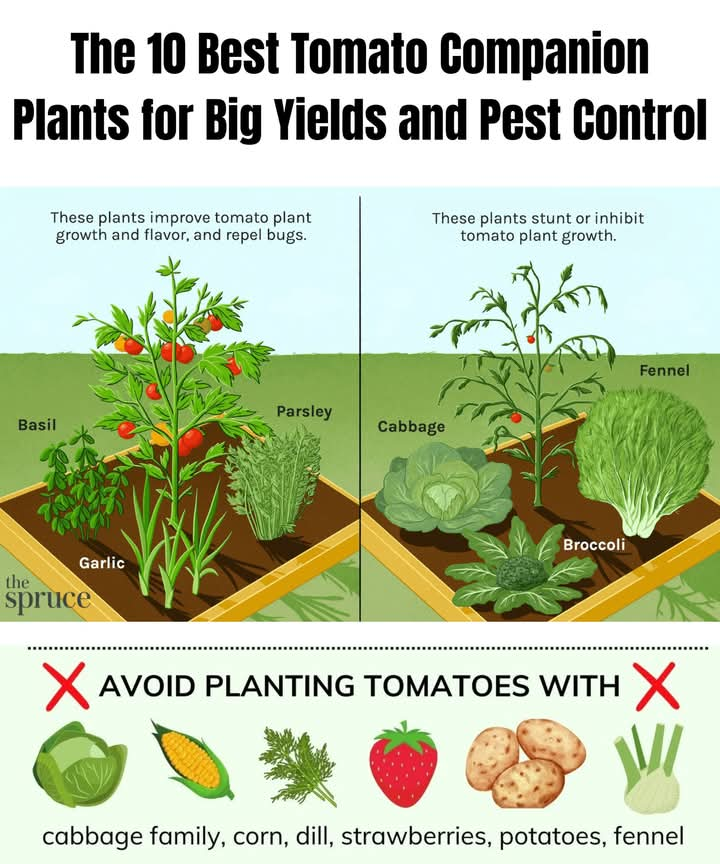Mastering fertilizer in maize farming
Mastering fertilizer in maize farming
Understand Soil Nutrient Requirements
Before applying fertilizers, it’s essential to assess the nutrient status of your soil. Conducting soil tests helps determine the existing nutrient levels and any deficiencies or imbalances. The test results guide fertilizer selection and application rates, enabling targeted nutrient supplementation and improved efficiency.
Selecting the Right Fertilizer
Maize crops have specific nutrient requirements, with nitrogen (N), phosphorus (P), and potassium (K) being the primary macronutrients. Choose fertilizers with the appropriate nutrient composition based on soil test recommendations and crop needs. Common fertilizers used in maize farming include urea, diammonium phosphate (DAP), and potassium chloride (Muriate of Potash).
Timing of Fertilizer Application
Timing is crucial when applying fertilizers to maize crops. Here are the key stages to consider:
Pre-Planting: Apply basal or pre-planting fertilizers before sowing the seeds. Incorporate them into the soil during land preparation to ensure uniform nutrient distribution and availability during the early growth stages.
Side-Dressing: Side-dressing is the process of applying fertilizers alongside growing plants during the growing season. Nitrogen is typically side-dressed because maize has a high demand for this nutrient. The timing of side-dressing varies but often occurs when the plants reach knee height (around 4-6 weeks after emergence). Additional side dressings may be applied during the pre-tasselling stage and just before flowering to support optimal growth and grain development.
Split Applications: Splitting fertilizer applications allows for better nutrient management and uptake. For example, you can apply a portion of the fertilizer during planting and the remaining amount during side-dressing. This approach helps synchronize nutrient availability with the crop’s changing needs, resulting in improved nutrient utilization.




